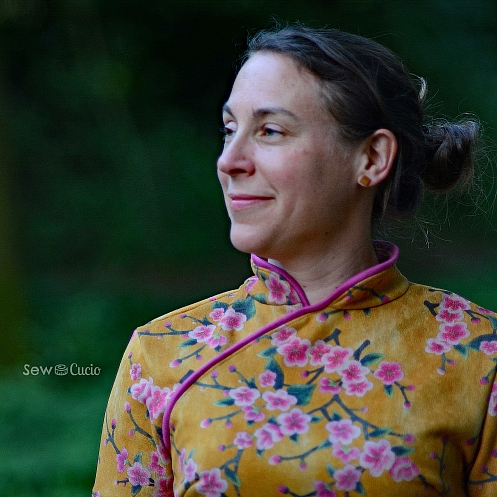Understanding the Basics of Dress Patterns
Sewing a perfect dress pattern requires a solid understanding of the basics. Begin by familiarizing yourself with the different types of dress patterns available, such as A-line, sheath, and empire waist. Each pattern has unique characteristics that cater to different body shapes and styles. Knowing the measurements of your body, especially the bust, waist, and hips, is crucial for selecting the right pattern size. Invest time in learning basic sewing techniques, including cutting, pinning, and stitching, to ensure a professional finish.

Choosing the Right Fabric
The choice of fabric plays a significant role in the outcome of your dress. Consider the weight, drape, and texture of the fabric, ensuring it complements the dress pattern you’ve chosen. Lighter fabrics like cotton or silk work well for flowing styles, while heavier fabrics such as brocade or velvet are ideal for structured designs. Pre-washing your fabric to prevent shrinkage and testing the fabric for any color bleeding are also essential steps in the process.

Mastering the Art of Cutting
Cutting your fabric accurately is key to achieving a perfect dress pattern. Use sharp fabric scissors and a cutting mat to ensure clean cuts. Align your fabric with the grainline, and pin your pattern pieces to the fabric to prevent shifting. Mark notches and darts carefully, and take your time to ensure precision in each cut.
Sewing with Precision
Sew your dress with precision by using a sewing machine that provides consistent stitches. Start with the main body of the dress, moving on to the sleeves, and then the collar or any additional details. Press your seams as you go to maintain a clean and professional appearance. Finish your seams with a serger or a zigzag stitch to prevent fraying and add durability.

Adding the Final Touches
Once your dress is sewn, it’s time to add the final touches. This may include hemming, adding buttons or zippers, and attaching any embellishments. Take your time with these details to ensure they are secure and well-placed. A well-finished hem can make all the difference in the overall look of your dress. Don’t forget to try on your dress and make any necessary adjustments for a perfect fit.







